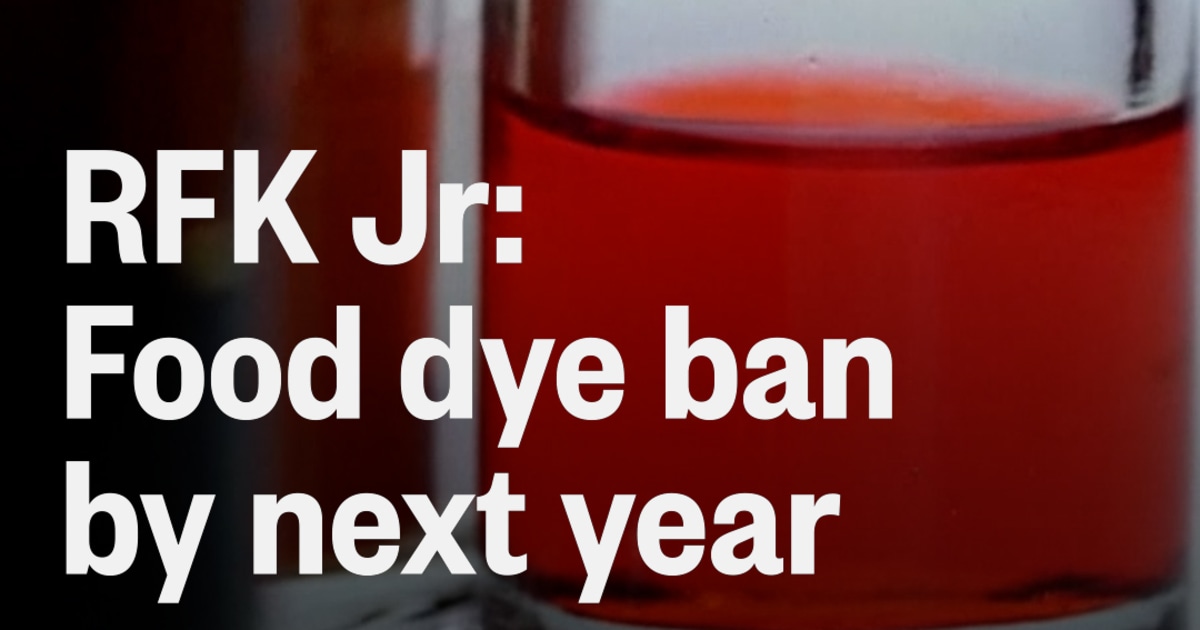Summary
More than 60 people fell sick in a food handler-related norovirus outbreak in Australia. The outbreak affected six events where attendees consumed food
Source: Food Safety News

AI News Q&A (Free Content)
Q1: What measures are recommended to prevent norovirus outbreaks in food catering services?
A1: Preventive measures for norovirus outbreaks in food catering include proper hand washing, disinfection of contaminated surfaces, and ensuring food handlers do not work while symptomatic. Prevention also involves safe food handling practices, such as cooking seafood to recommended temperatures to kill the virus.
Q2: What was the financial impact of the recent norovirus outbreak linked to a caterer in Australia?
A2: The financial impact of the recent norovirus outbreak in Australia was significant, with cost estimates of non-fatal productivity losses amounting to AUD $23,700 (approximately USD $15,100). This reflects the economic burden of foodborne illnesses on public health systems and businesses.
Q3: How does norovirus typically spread in food-related outbreaks?
A3: Norovirus typically spreads in food-related outbreaks through the fecal-oral route, which can occur via contaminated food, water, or surfaces. Infected individuals can also spread the virus through person-to-person contact or by handling food without practicing proper hygiene.
Q4: What was the primary food item associated with the norovirus outbreak in Australia?
A4: The primary food items associated with the norovirus outbreak in Australia were vegetarian rice paper rolls, teriyaki beef sushi, tuna sushi, and roast beef wraps. The outbreak was linked to a food handler-related contamination rather than specific ingredients.
Q5: What is the role of food handlers in the transmission of norovirus in catering services?
A5: Food handlers play a critical role in the transmission of norovirus, as they can unknowingly spread the virus if they are infected but asymptomatic. Ensuring food handlers practice proper hygiene and do not work while symptomatic is vital in preventing outbreaks.
Q6: What are the common symptoms of a norovirus infection, and how quickly do they appear?
A6: Common symptoms of a norovirus infection include non-bloody diarrhea, vomiting, and stomach pain, with possible fever or headaches. Symptoms typically develop 12 to 48 hours after exposure and last for one to three days. Dehydration is a potential complication, especially in vulnerable populations.
Q7: What lessons can be learned from the norovirus outbreak in Canberra regarding food safety?
A7: The Canberra norovirus outbreak highlights the importance of rigorous food safety protocols, including thorough sanitation, monitoring the health of food handlers, and ensuring adequate supplies of sanitizing agents. It also underscores the need for prompt public health response and investigation to contain outbreaks.
References:
- Norovirus
- Caterer linked to norovirus outbreak in Australia
- A foodborne norovirus outbreak associated with six events and a single caterer, Canberra, November 2022
- The Canberra Times report on caterer-linked norovirus outbreak
- Concurrent Norovirus Outbreaks Associated with Consumption of Oysters Harvested in Mexico - California, December 2023-January 2024.





